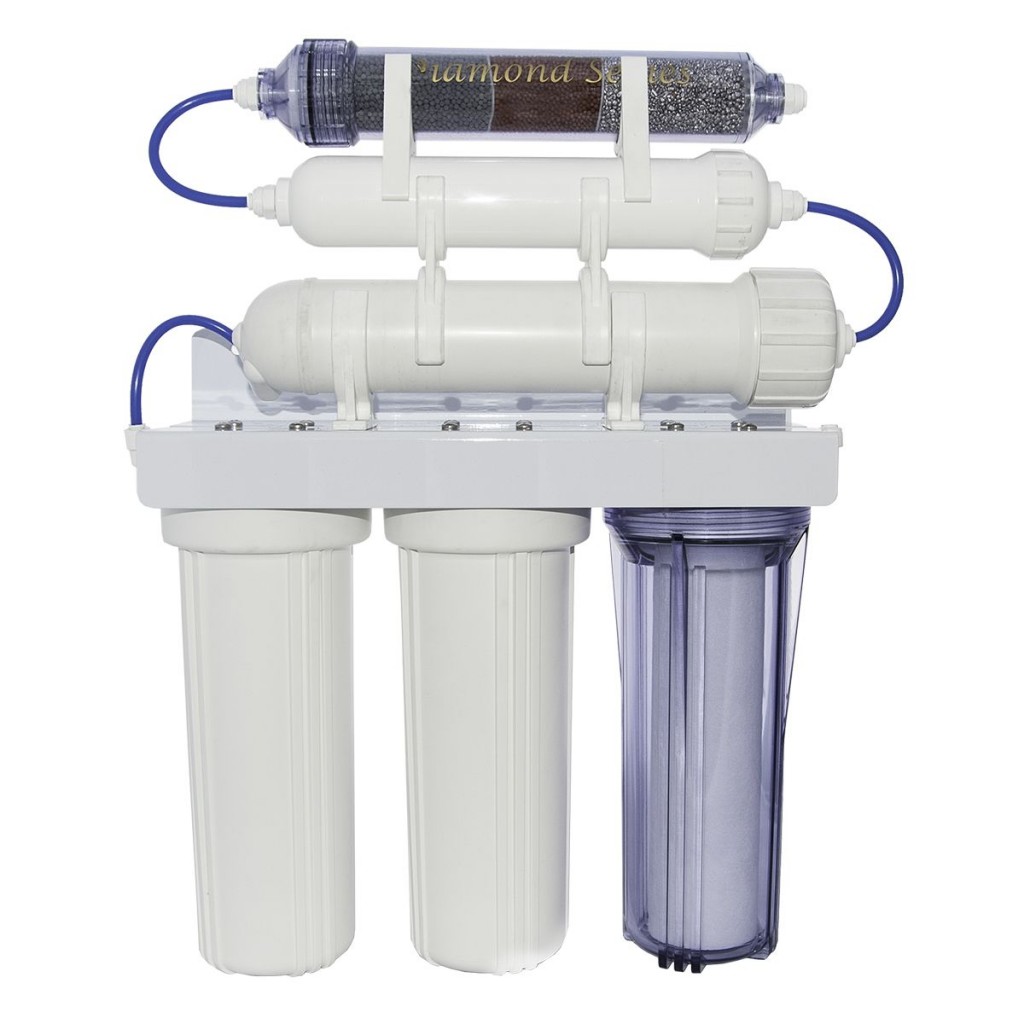
Complete System with Nitrate Tank 
6-Stage Reverse Osmosis System
Nitrates in Your Drinking Water
How to Remove Nitrates from Water
Removing nitrates from drinking water is a relatively simple. However, it is important to use the proper nitrate removal method. Carbon based filters such as fridge filters, Britas, or PUR, will Not remove nitrates. If your drinking water is sourced near agricultural run off it is likely nitrates are present in your water. Most of the excess nitrates in the environment originate from inorganic chemicals manufactured for agriculture. Do Not Boil – This will concentrate the contaminant.
- City Water Filter offers a special nitrate filter that can be added to the 6-Stage Reverse Osmosis System. This will completely remove nitrates from drinking water.
- The Automatic Whole House Nitrate Water tank is designed to remove Nitrates from water, as well as perform other water filtration for homes and small businesses. Great to reduce nitrates for those who choose to protect from the entry point of the home.
Whole House Nitrate Removal
According to the Risk Assessment Information System (RAIS), “Some organic nitrates can also be absorbed unchanged through the skin, gastrointestinal tract, mucous membranes, and lungs (Stokinger 1982).” The report also states, “The possibility of inorganic or organic nitrate functioning as a carcinogen depends on its conversion to nitrite and the subsequent reaction of nitrite with other molecules.” It does read differently than the EPA release. A under the sink Reverse Osmosis is not practical for whole house removal and the cost of a Whole House RO system is unrealistic.
Learn More About Nitrates:
What is the Maximum Contaminant Level (MCL) for nitrate in drinking water?
The MCLs are:
- 45 milligrams per liter (mg/L) for Nitrate as NO3 (Nitrate)
- 10 mg/L for Nitrate as N (Nitrogen)
- 10 mg/L for Nitrate + Nitrite as N
- 1 mg/L for Nitrite as N.
